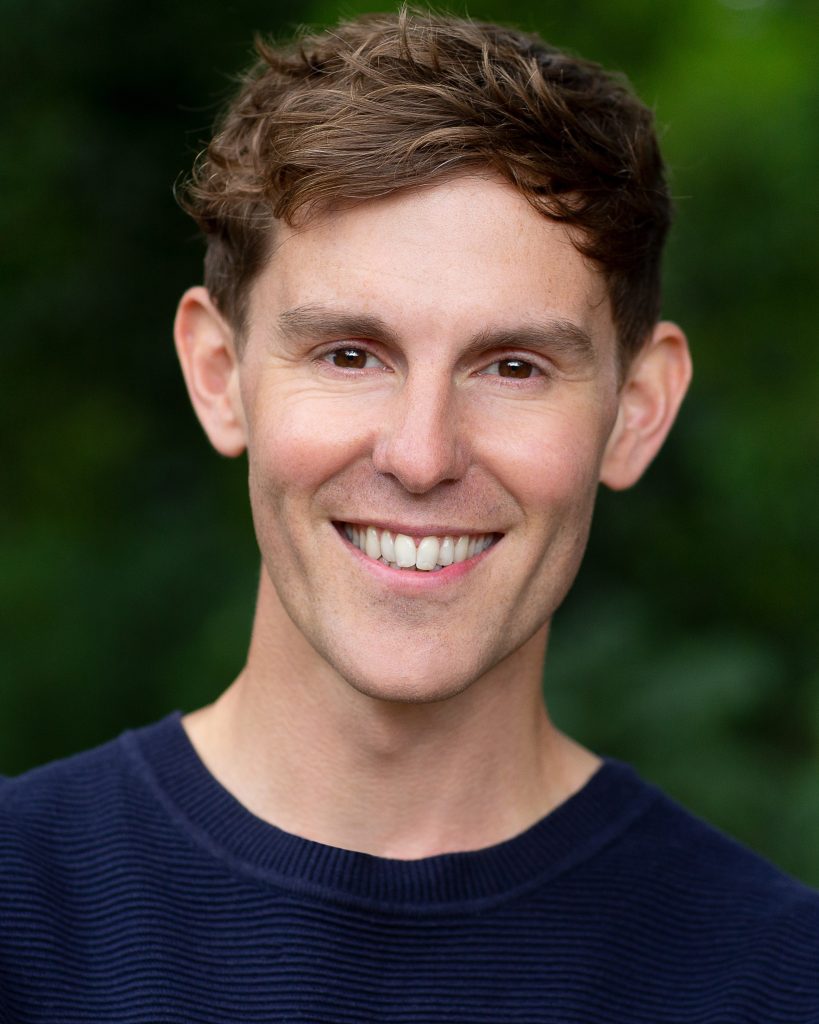
The Rise of the Neurodivergent Protagonist
By Joseph Elliott
How many middle grade books you have read with a neurodivergent protagonist? Where a neurodivergent character is proudly, unashamedly front and centre. My guess is not many, because not that many exist. Thankfully, things are moving in the right direction, but it’s shocking how long it’s taken for neurodiverse characters to assume their rightful place in mainstream fiction for young readers.
Children with additional needs have been a part of my life for as long as I can remember. Growing up, my parents used to provide respite foster care, and some of my earliest memories are of weekends spent with a whole host of different children: Adam who loved find-and-seek books, Sam who always sang really loudly, and Molly who gave the best hugs.* As a teenager, one of my first jobs was working during the holidays in a day care centre for children with learning disabilities. Following that, I trained as an actor and my ‘second job’—the one I did while I was waiting for acting work to come in—was working as a teaching assistant at a special educational needs school in West London. I was there for nearly five years, and I absolutely loved it. Drawing on my experience as an actor and a scriptwriter, I wrote and performed sensory stories for the pupils, and was then asked to teach drama lessons. One year, I directed a whole-school production of A Christmas Carol, which was a huge success. The whole time I was at the school, I was constantly surprised, entertained and educated by the pupils. They taught me not to judge on first impressions, and that there is so much more to a child than the labels that are put on them—notions that ended up weaving their way into my novel writing.



When I started writing the Shadow Skye trilogy, I didn’t set out with a specific agenda to create a neurodivergent character. Agatha—who is one of the main characters in all three books: The Good Hawk (Walker, 2020), The Broken Raven (Walker, 2021), and The Burning Swift (Walker, 2022)—came to me fully formed. I knew from the offset that she was brave, loyal, bold, hot-headed, independent, and that she had Down syndrome (although, given that the book is set in an alternate, mythical version of medieval Scotland, the term is never specifically mentioned). There’s no doubt that Agatha was inspired by some of the children I taught during my time as a teaching assistant, for they were the children I knew best. It was only as I was considering the character more that it struck me I’d never read, or even heard of, a children’s fantasy book featuring a protagonist with Down syndrome. In fact, I could think of very few genre novels with neurodivergent heroes. In the school library where I worked, there were non-fiction books about neurodivergent children, and a few picture books, but the majority of these focused on the experience of being neurodivergent. What I set out to create was a mainstream fantasy book where the main character’s Down syndrome was incidental—where it was just one part of who she was; someone who readers saw as a character first and someone with Down syndrome second. In this way, I hoped to represent the children I knew and taught, so they could see themselves reflected in the pages of a fantasy book, as well as to challenge some of the misconceptions about what it means to be neurodivergent.
One of the most important parts of the whole writing and editing process for me was authentic representation. I was very conscious of the fact that I was writing from the perspective of someone whose lived experience was very different from my own and wanted to ensure that Agatha’s voice and behaviour were as authentic as possible. With this in mind, my editors sent an early version of the manuscript to three sensitivity readers who either had Down syndrome or were parents of a child with Down syndrome. Their feedback was invaluable, and as a result I combed through the text, making alterations in line with their thoughts. This mainly focused on specific word choices used in Agatha’s dialogue, her behaviour when asked to do something she didn’t want to do, and instances involving her fine and gross motor skills. I’m extremely grateful for their notes, which definitely enhanced the finished book.
The response from readers—especially those within the Down syndrome community—has been overwhelming, and I hope that Agatha continues to inspire and challenge preconceptions for many generations to come.


*Some of the names of the children mentioned have been changed to protect their identity.

Text and images are courtesy of Joseph Elliott and may not be used without express written consent.

Leave a Reply